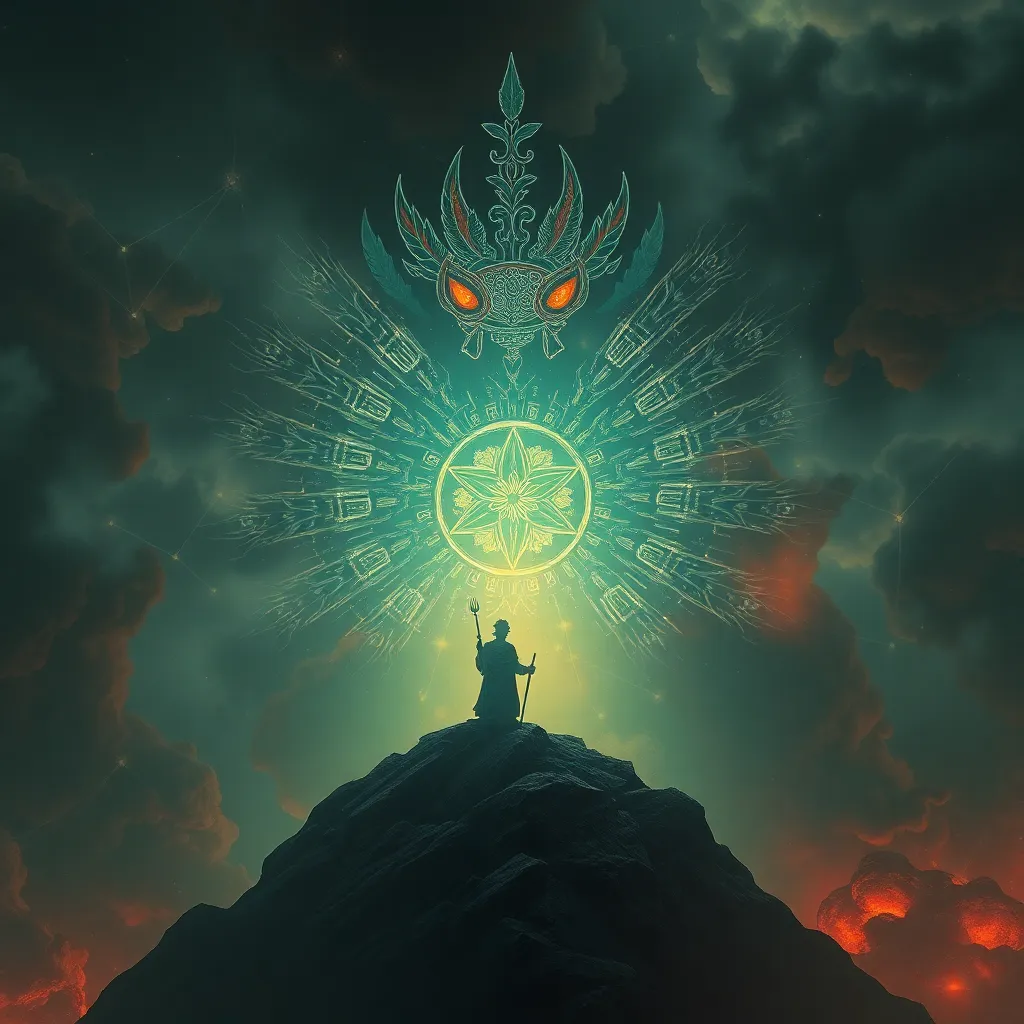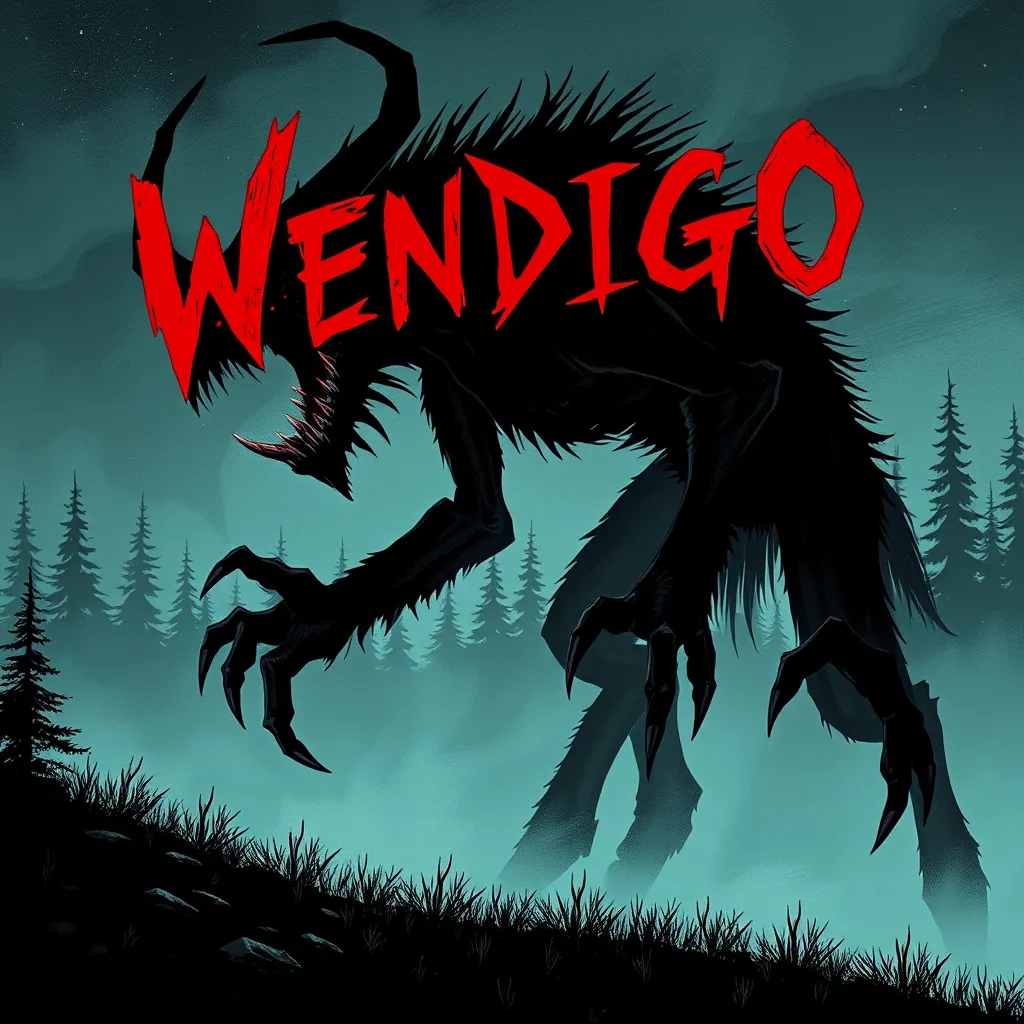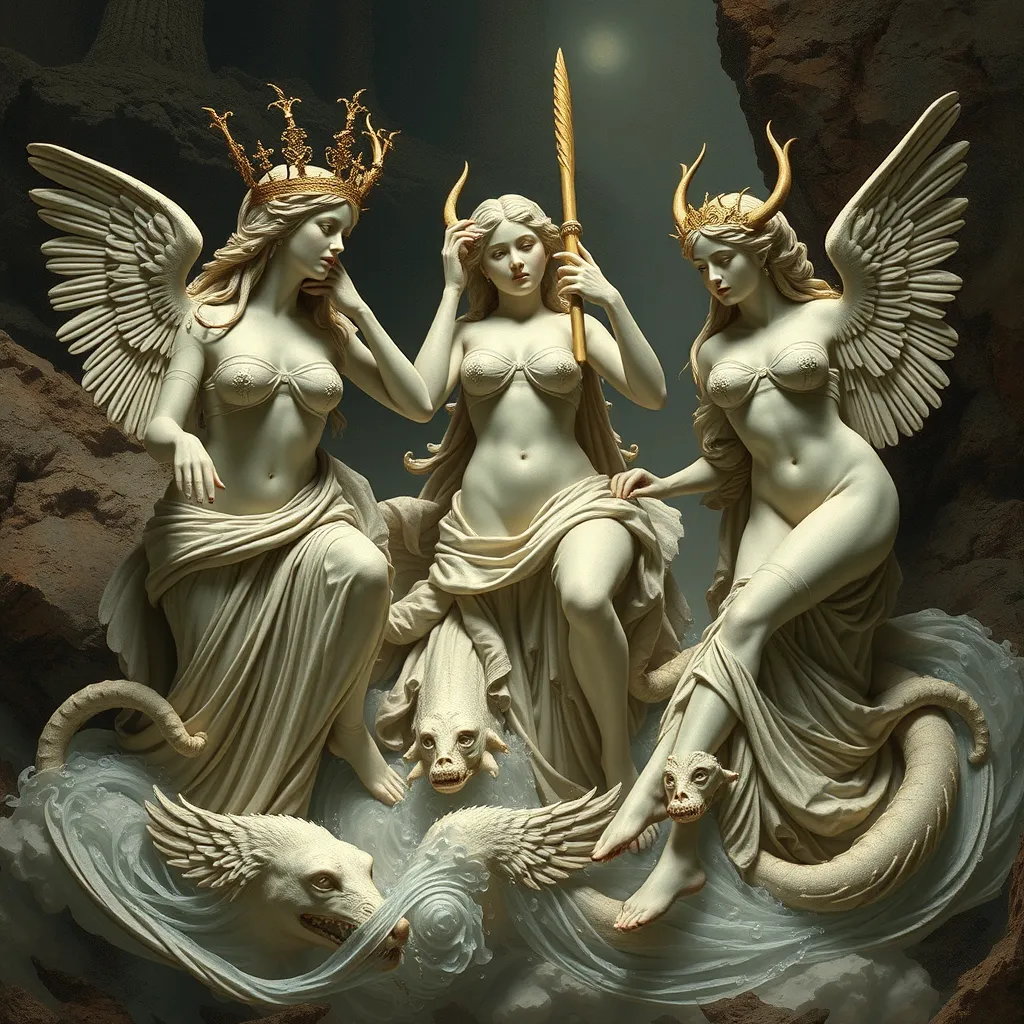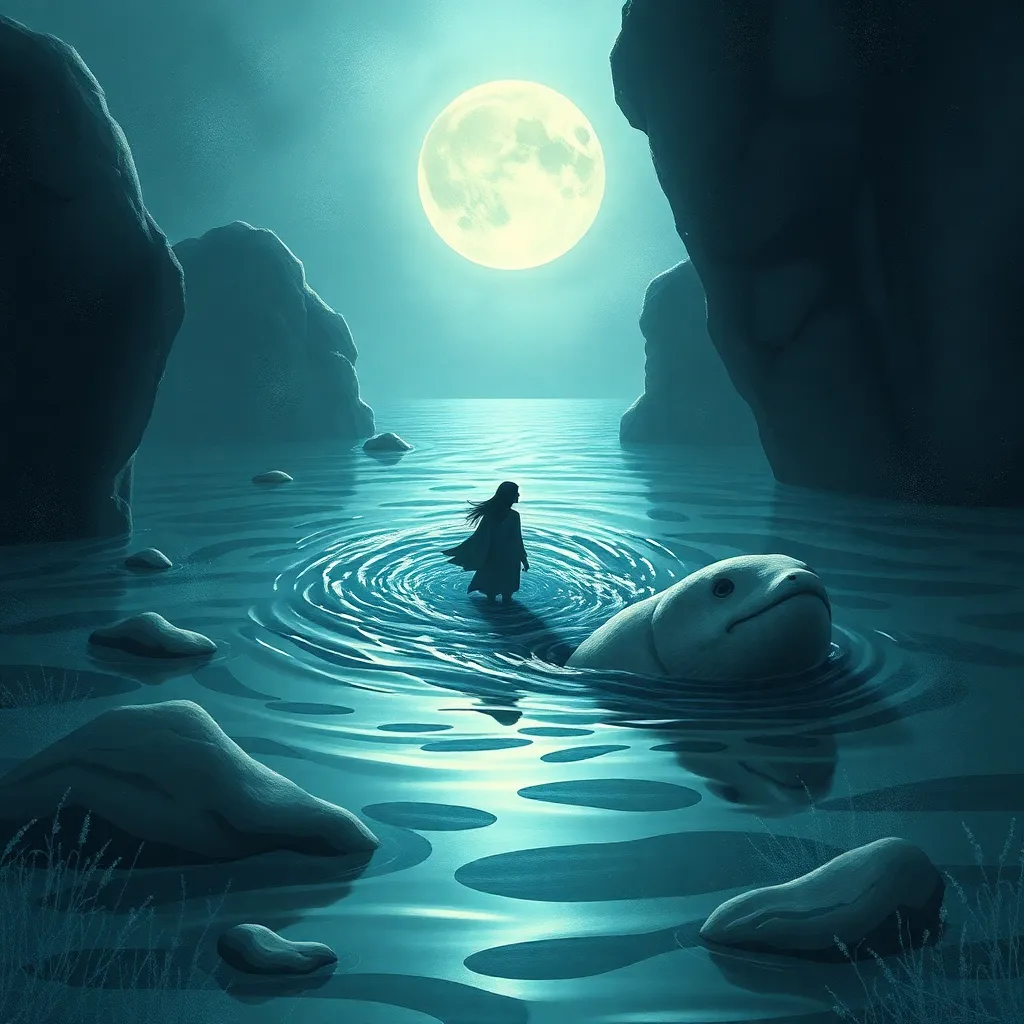The Ahuizotl: A Tale of the Intertwined Worlds of Reality and Myth
I. Introduction
The Ahuizotl is a fascinating creature from Mesoamerican folklore, particularly within the rich tapestry of Aztec and Nahua mythology. This legendary being captures the imagination with its unique blend of reality and myth, symbolizing deeper cultural narratives that resonate through generations.
The significance of the Ahuizotl extends beyond mere storytelling; it serves as a metaphorical vessel for moral lessons, communal fears, and the intimate relationship between humans and their environment. The purpose of this article is to explore the complex interplay between reality and myth surrounding the Ahuizotl, offering insights into its origins, characteristics, societal roles, and lasting legacy.
II. Origins of the Ahuizotl
The roots of the Ahuizotl can be traced back to the historical context of Aztec and Nahua mythology. This creature first emerged in the narratives of indigenous peoples of Mesoamerica, often depicted as a water-dwelling being with a blend of animalistic and human traits.
Early accounts describe the Ahuizotl as a creature resembling a dog or a cat, with fur that glistens like the water. It is said to have a long, flexible tail that ends in a hand-like appendage, which it uses to drag its victims into the depths of lakes and rivers.
Oral tradition has played a crucial role in preserving the myth of the Ahuizotl, as stories were passed down through generations, evolving with each retelling. This oral history serves not only as entertainment but also as a means of imparting cultural values and environmental awareness.
III. Physical Characteristics and Behavior
The Ahuizotl is often described as a remarkable creature with distinct physical characteristics. Its appearance is typically that of a large, furry animal, with a sleek body, large eyes, and sharp teeth. The most striking feature is its prehensile tail that ends in a human-like hand, which is used for grasping and pulling.
Behaviorally, the Ahuizotl is depicted as a cunning hunter. It is said to lure unsuspecting victims, often children or fishermen, by mimicking the sounds of a crying baby or the splashes of someone in distress. Once a victim approaches, the Ahuizotl swiftly drags them underwater, leading to their demise.
The symbolism behind the Ahuizotl’s characteristics is profound in Mesoamerican culture. The creature embodies the fears associated with water and the unknown, serving as a reminder of nature’s power and the potential dangers lurking within it.
IV. The Ahuizotl in Mesoamerican Society
In Mesoamerican society, the Ahuizotl played a significant role in local folklore and community tales. Stories of the creature were often shared around campfires, serving as cautionary tales for children and a way to instill respect for the natural world.
- Cautionary figure: The Ahuizotl is frequently seen as a warning against disobedience, especially regarding the dangers of water. Parents would tell tales of the creature to keep children away from dangerous bodies of water.
- Morality lessons: The narratives often include moral lessons about the consequences of greed, carelessness, or disrespect towards nature.
The influence of the Ahuizotl also extended to rituals and cultural practices. In some communities, offerings were made to appease the creature, ensuring safe passage while fishing or swimming.
V. The Ahuizotl in Modern Popular Culture
In contemporary society, the Ahuizotl has found a place in literature, film, and art, often reimagined and adapted for modern audiences. Its unique characteristics and mythological background make it a compelling subject for creative exploration.
- Literature: Various authors have incorporated the Ahuizotl into their works, blending traditional narratives with modern storytelling techniques.
- Film and television: The creature has appeared in horror movies and documentaries, often depicted as a menacing force that embodies the fears of the unknown.
- Art: Artists have drawn inspiration from the Ahuizotl, creating visual representations that reflect its mythical qualities.
There has been a resurgence of interest in the Ahuizotl, as people seek to reconnect with their cultural heritage and explore the significance of mythological creatures in shaping narratives and identities.
VI. The Intersection of Myth and Reality
Theories regarding the origins of the Ahuizotl often suggest real-life inspirations drawn from the natural world. Some scholars propose that the creature may have been based on observations of aquatic animals, such as otters or even extinct species, which were exaggerated over time through storytelling.
Environmental changes have also played a role in myth formation. As communities adapted to shifting landscapes and climate conditions, their myths evolved to reflect these changes, embedding ecological awareness within their narratives.
Psychological and sociological interpretations further enrich the understanding of the Ahuizotl. The creature can be viewed as a manifestation of collective fears and anxieties, highlighting the human tendency to personify nature’s dangers.
VII. Ahuizotl’s Legacy and Continued Relevance
The Ahuizotl remains a potent symbol in contemporary discussions of mythology. Its legacy endures as it continues to resonate with those exploring the complexities of cultural heritage and identity.
Preserving the stories and significance of the Ahuizotl contributes to the broader understanding of Mesoamerican culture and the vital role of folklore in shaping human experiences. Myths like that of the Ahuizotl help bridge the gap between past and present, offering insights into the values and fears that have persisted through time.
VIII. Conclusion
In conclusion, the Ahuizotl represents a captivating intersection of myth and reality, illustrating the importance of folklore in cultural identity. Its significance extends beyond mere storytelling, serving as a reminder of humanity’s relationship with nature and the lessons embedded within our myths.
The enduring power of folklore, as demonstrated by the Ahuizotl, emphasizes the need to explore these intertwined worlds. By understanding and appreciating these narratives, we gain valuable insights into the human experience and the cultural legacies that shape our identities.



